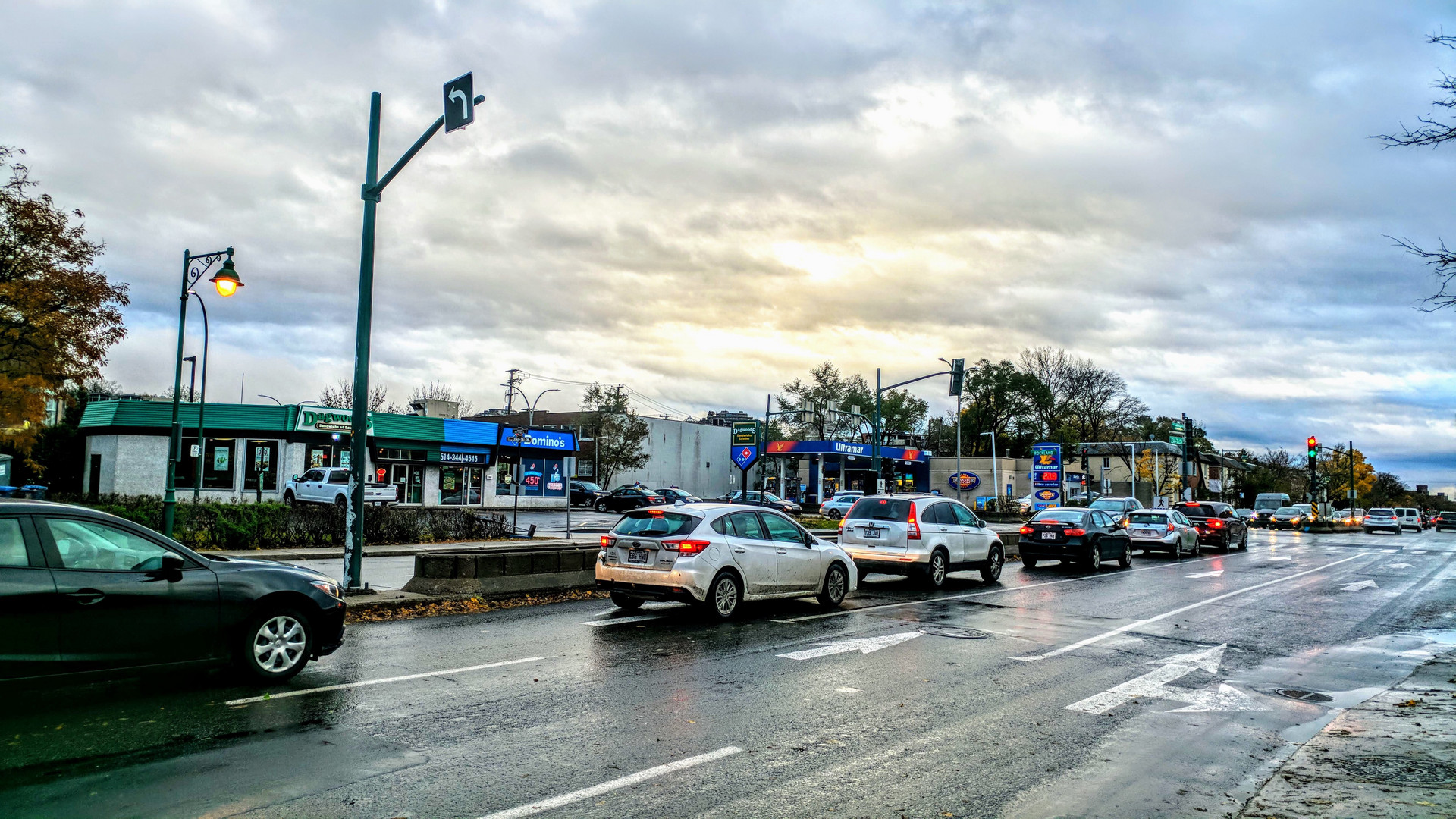More than AADT: In-Transit Demographics & Retail Site Selection

Try TrafficZoom’s AADT metrics today with a free trial
Get instant access nowIntroduction
When choosing a retail site, many businesses rely on Average Annual Daily Traffic (AADT) as a key metric. While AADT provides a snapshot of how many vehicles pass a location, it fails to answer a crucial question: Who is in those vehicles?
In-transit demographics—the characteristics of people passing by, rather than just those living nearby—are essential for making informed site selection decisions. Understanding the income, age, and behaviors of passing traffic can mean the difference between a thriving business and a struggling location. However, getting accurate in-transit demographic data is notoriously difficult.
This is where AI-powered traffic analysis comes in. By integrating multiple data sources, including AADT trends, origin-destination data, and travel-time distribution curves, machine learning algorithms provide a precise picture of passing traffic.
Why AADT Alone Isn’t Enough for Retail Site Selection
AADT tells you the total number of vehicles passing a site daily, but it doesn’t indicate whether those drivers are potential customers. Two locations with identical AADT can have completely different revenue potential based on who is driving by.
Consider these two scenarios:
1. A site with 50,000 vehicles/day on a commuter-heavy route where drivers are rushing to work and unlikely to stop.
2A site with 30,000 vehicles/day but a high percentage of middle-income families making local shopping trips.
Without demographic insights, a retailer might mistakenly choose the higher-traffic location, only to struggle with low conversion rates.
The Challenge: Why In-Transit Demographics Are Hard to Get Right
Traditional site selection relies heavily on static demographic reports based on nearby households. While this data is useful, it ignores the non-resident traffic that makes up a large percentage of potential customers for gas stations, QSRs, convenience stores, and other retail locations.
Here’s why most in-transit demographic data falls short:
• Census & Household Data – Only accounts for local residents, not daily passersby.
• Mobile Location Data – Covers only a small percentage of actual travelers and applies broad extrapolations.
• Simple Traffic Counts – Measure volume but provide no details on who is driving.
Many data providers attempt to estimate in-transit demographics by assuming local population characteristics apply to all passersby, but this is often inaccurate—especially in areas with heavy commuter or tourist traffic.
Ticon’s AI-Powered Approach: Accurate Traffic & Demographic Insights
Ticon solves this challenge with machine learning algorithms that integrate multiple data sources to deliver the most precise in-transit demographic insights available.
Here’s how it works:
1. Tracking the Source of Traffic – By analyzing the origin points of vehicles, we link passing traffic to home area demographics.
2. Understanding Travel Time Distributions – By studying the time elapsed since a vehicle left its origin, we distinguish between local shoppers and long-haul commuters.
3. Multi-Source Data Validation – We combine GPS probe data, mobile analytics, DOT sensors, and several other datasets to cross-validate demographic estimates, ensuring accuracy.
This AI-driven approach allows retailers to move beyond simple AADT figures and make data-backed site selection decisions that maximize revenue potential.
Why It Matters: Real-World Impacts of In-Transit Demographics
Retailers that rely solely on AADT risk choosing locations that see high traffic but low conversion rates. Understanding in-transit demographics helps businesses:
✅ Identify high-value passing customers (commuters, families, tourists, etc.).
✅ Predict stopping behavior based on trip purpose and time of day.
✅ Choose sites that maximize revenue potential, not just traffic volume.
1. Multi-Source Data Integration
Ticon synthesizes data from a variety of sources, including permanent DOT traffic detectors, mobile GPS data, geospatial analytics, and historical sales data. By cross-verifying these sources, we eliminate discrepancies and ensure robust, comprehensive datasets.
For example, a gas station brand using Ticon’s data discovered that two potential sites had nearly identical AADT. However, our demographic analysis showed that one location had 60% of its traffic composed of long-haul truckers unlikely to stop at a premium gas station. The retailer ultimately chose the other site—leading to 30% higher fuel sales and increased in-store purchases.
Conclusion: Smarter Site Selection with Better Data
Selecting a retail site requires more than just looking at AADT figures. Without understanding who is driving by, businesses risk choosing locations that don’t align with their target customers.
Ticon’s AI-powered traffic analytics provide the missing piece of the puzzle by combining traffic volume with in-transit demographics, travel patterns, and stopping behavior. The result? Smarter site selection decisions, optimized revenue potential, and a competitive edge in retail.
Ready to move beyond AADT and leverage precise in-transit demographic insights? Contact us to learn how Ticon can help you make smarter site selection decisions.














